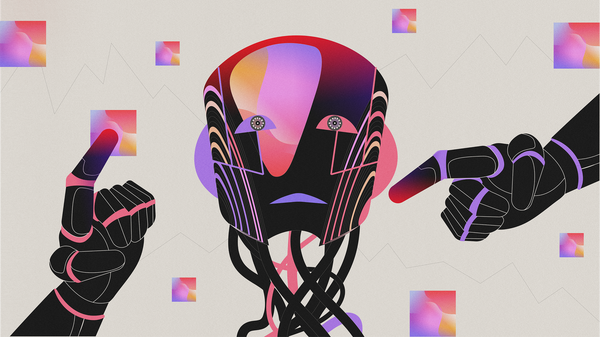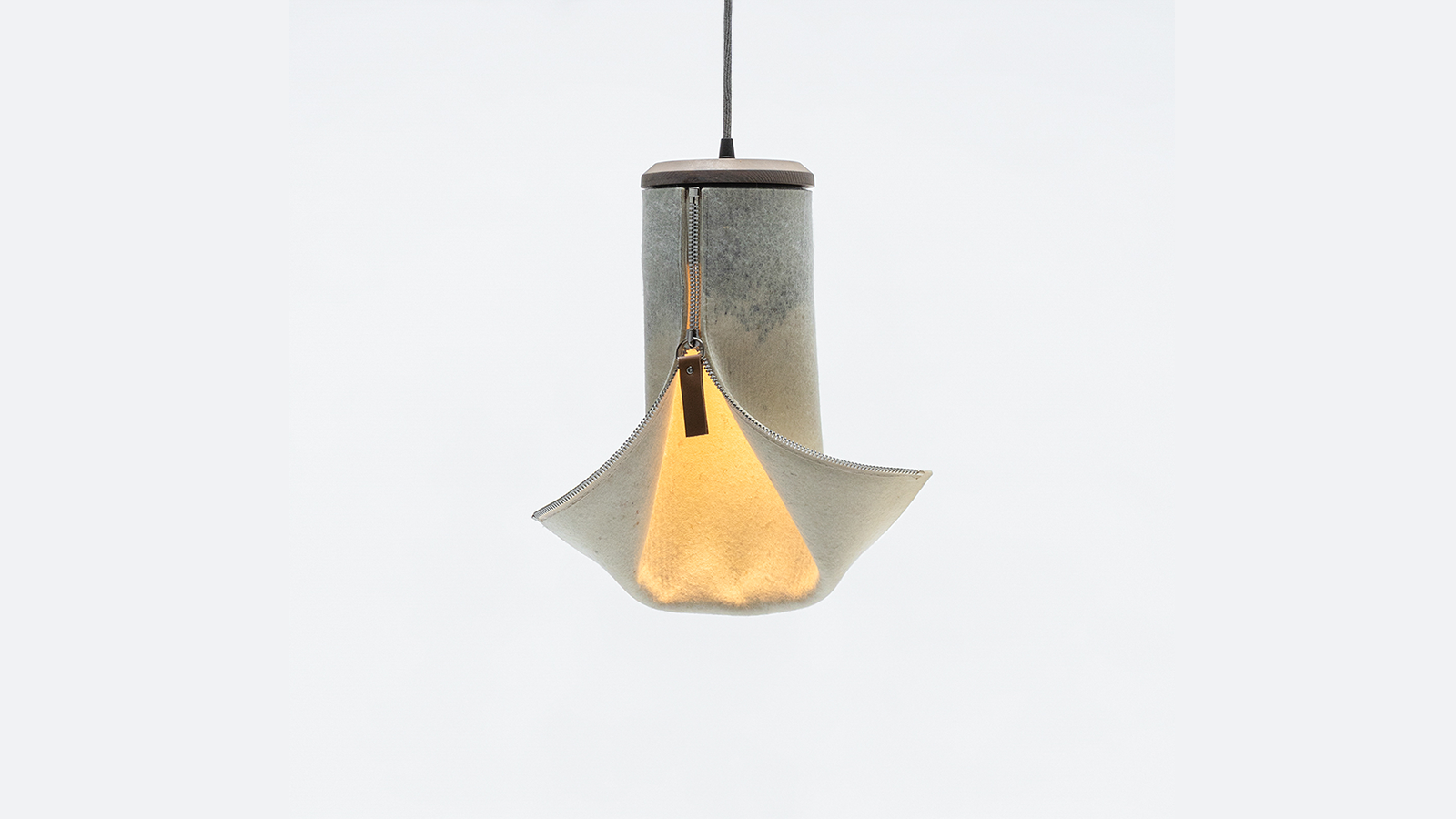A product family in the spirit of slow design, where the materials are not adapted to the form, but it creates the form. The uniqueness of the lamp family Kilim is that its character is given by the properties of natural wool felt, and the light intensity can be controlled by a zipper, allowing you to interact with the object. We spoke to Márton Budai, Creative Director of Co&Co, about the history of the lamp family and the challenges of developing the product.
Co&Co’s core philosophy is that the fields of communication and design are closely intertwined, so the two go hand in hand in their activities. As Márton Budai explained, they don’t intend to be an inspiration for mass production and the consumer society, their creativity is driven by the human connection with products and a slowing down to this. For them, it is paramount that the birth of a product is justified on all fronts. This is one of the principles behind their latest product, Kilim, which was created in collaboration with Multifelt Factory as part of the design LAB initiative launched by the Hungarian Fashion & Design Agency. The product family recently made its debut at Milan Design Week, at the Budapest Select exhibition. Interview.
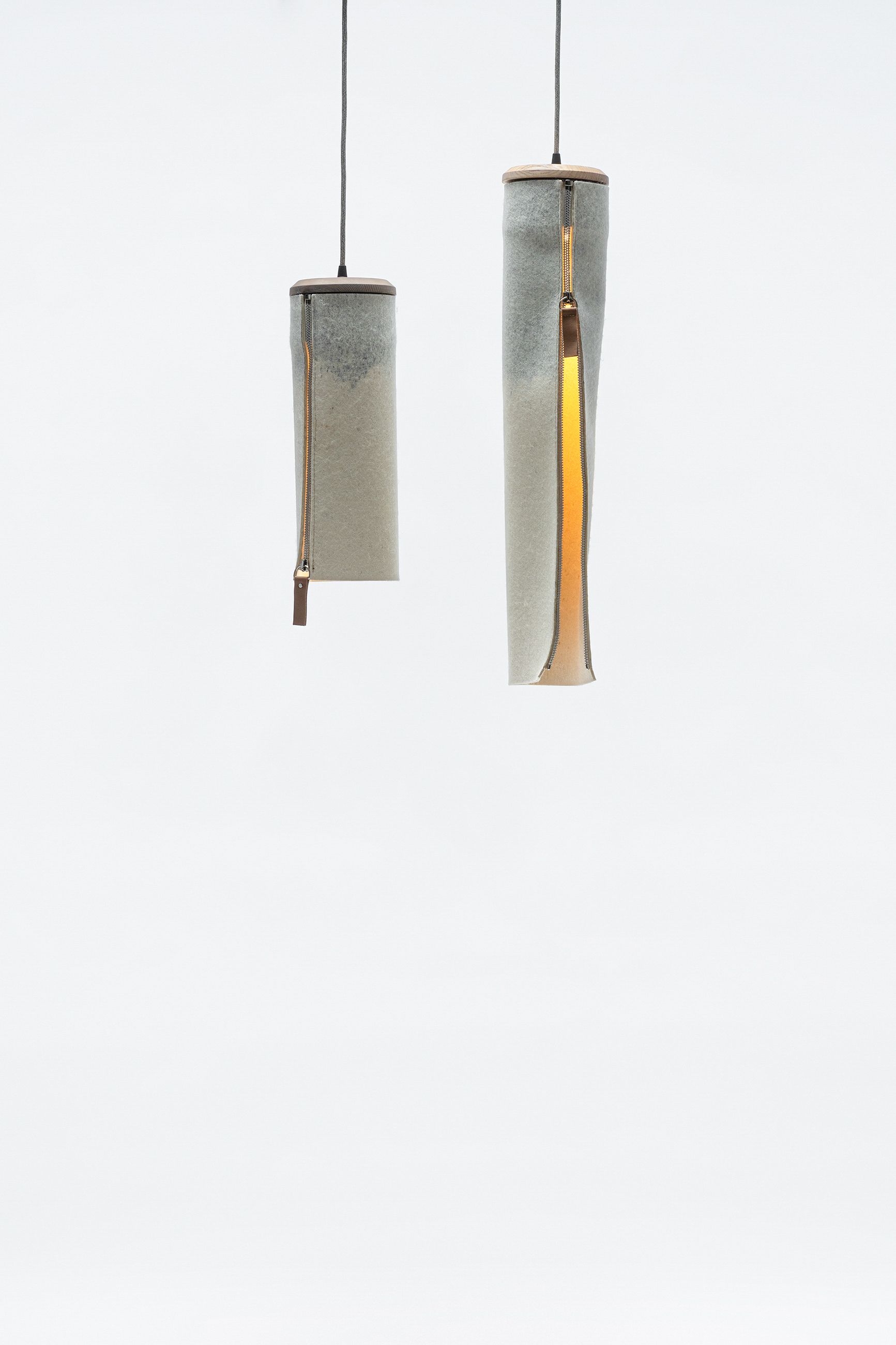
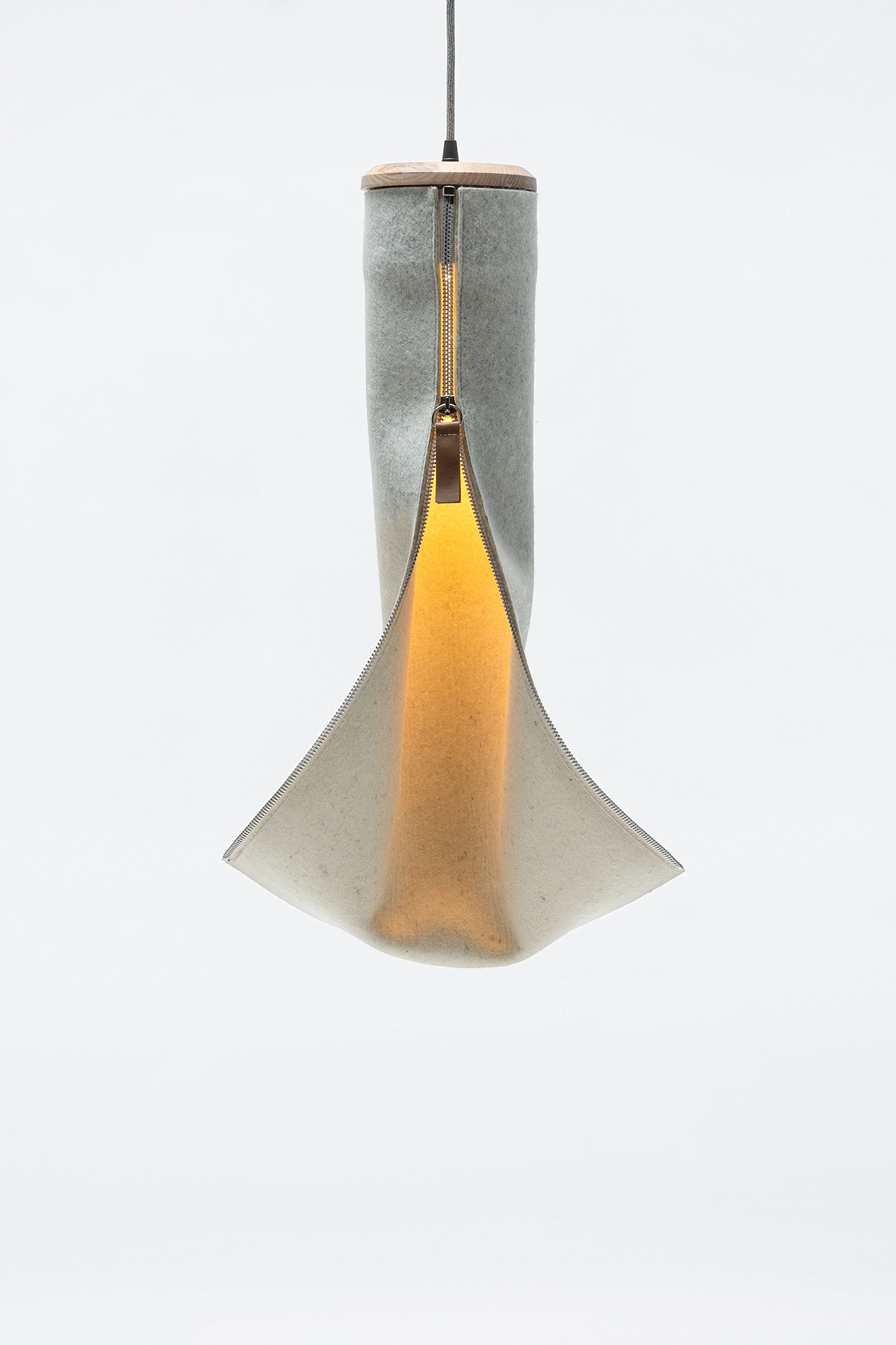
Co&Co is also the company behind Teqball, which combines elements of football and table tennis, as well as the design of the Hungarian pavilion for the 2021 Dubai World Expo. Furthermore, you have collaborated with brands such as Mercedes-Benz and Braun. Why did you decide to start developing your own product?
In the creation of different products or communication campaigns, we take an approach or methodology where we work closely with the client to develop the underlying content, messages, and communication tools. But we felt that the time had finally come to develop products that, free from client pressure, put our own design thinking at the forefront and that bear the signature of the Co&Co design collective. Kilim is a significant milestone for us in this respect, as it is a return to our roots and, in turn, to ourselves. On the one hand, it is a stepping stone to an international expansion, and on the other hand, it is a way to become more transparent towards the Hungarian design scene.
The kilims that give the lamp family its name are in fact rugs made without the use of knots and are one of the oldest forms of the textile genre. What was the starting point in creating the concept of the object?
The Multifelt Factory in Kőszeg is in fact the last natural wool felt factory in Central Europe. They use a natural and traditional technology that has survived in only a handful of places, so we were very keen to work with them. Kilim is essentially a slow design object that is truly about the material, about natural wool. You could say that we weren’t looking for a solution to a specific problem, but we were trying to find a function for a material and a product category and form that really served that.
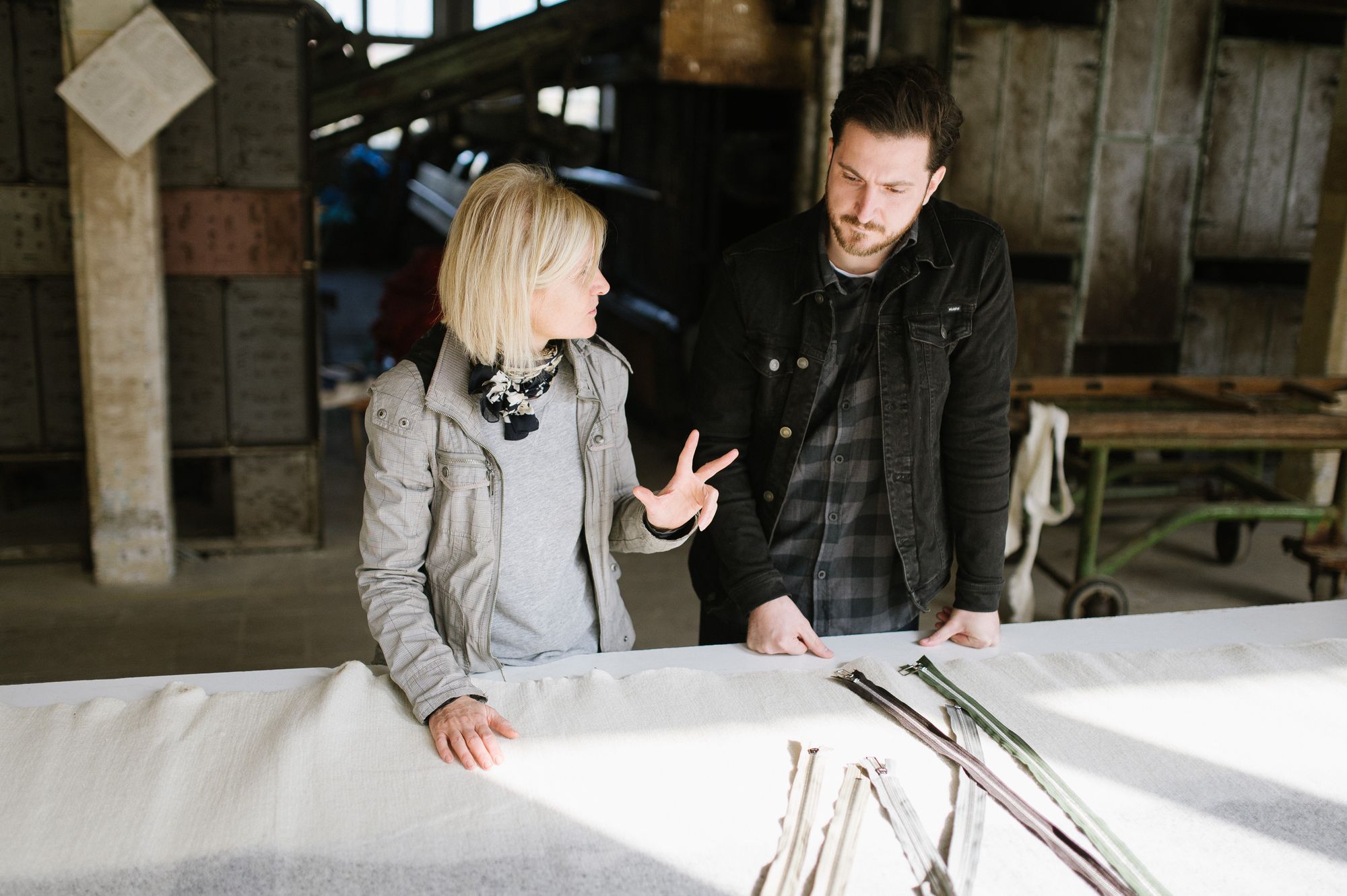
What were the key aspects of arriving at the final form of the lamps?
When we sat down with the Multifelt Factory team a year ago, we did a lot of joint brainstorming, and also in-house, about what could be created from this material. So we began to explore the basic properties of the material, which may not seem obvious at first: wool felt is actually an anti-allergenic and flexible material, while also possessing a certain rigidity. So we didn’t want to define the character of the lamp by a base structure, but we were interested in what this material was capable of. This led us to the conclusion that folding wool felt in different ways creates different shapes with various characters. From there it was self-evident that the resulting shapes could only be supported by a simple light fixture, which did not affect the material.
We could have created a more aesthetically pleasing form in the classical sense by using a wire mesh, but this would have been done in an artificial way. Our aim was to emphasize the material’s inherent arbitrariness and its behavior. This also resulted in a functional play: by pulling down the zipper, we can control the brightness, which is a very simple and human gesture.
Please tell us about your work with Multifelt Factory. What were the main areas of development in the creation of Kilim?
We have worked with several manufacturers in the life of Co&Co, but I have never experienced such a close collaboration like that with the team at Multifelt. An exciting part of the product development was that we wanted to look at the wool felt as a substrate and give it some kind of color gradient. Ilona Fodor, the factory manager, showed us dyeing solutions already in the early stages of development, but these involved dyeing both sides of the fabric. However, it was important to us that the inside of the wool felt to retain its natural color, as this allows the light to shine through more strongly and homogeneously. After multiple factory visits and long experimentation with the Multifelt team, we finally succeeded in creating together an innovative solution where the color transition is practically applied to the wool felt during production, before carding. So, in the serial production process, they can put the raw material on the production line or on their rollers in such a way that these color transitions are created naturally, practically without any subsequent human intervention. And in the near future, we would like to decorate Kilim with different patterns and graphics, possibly in the framework of collaborations.
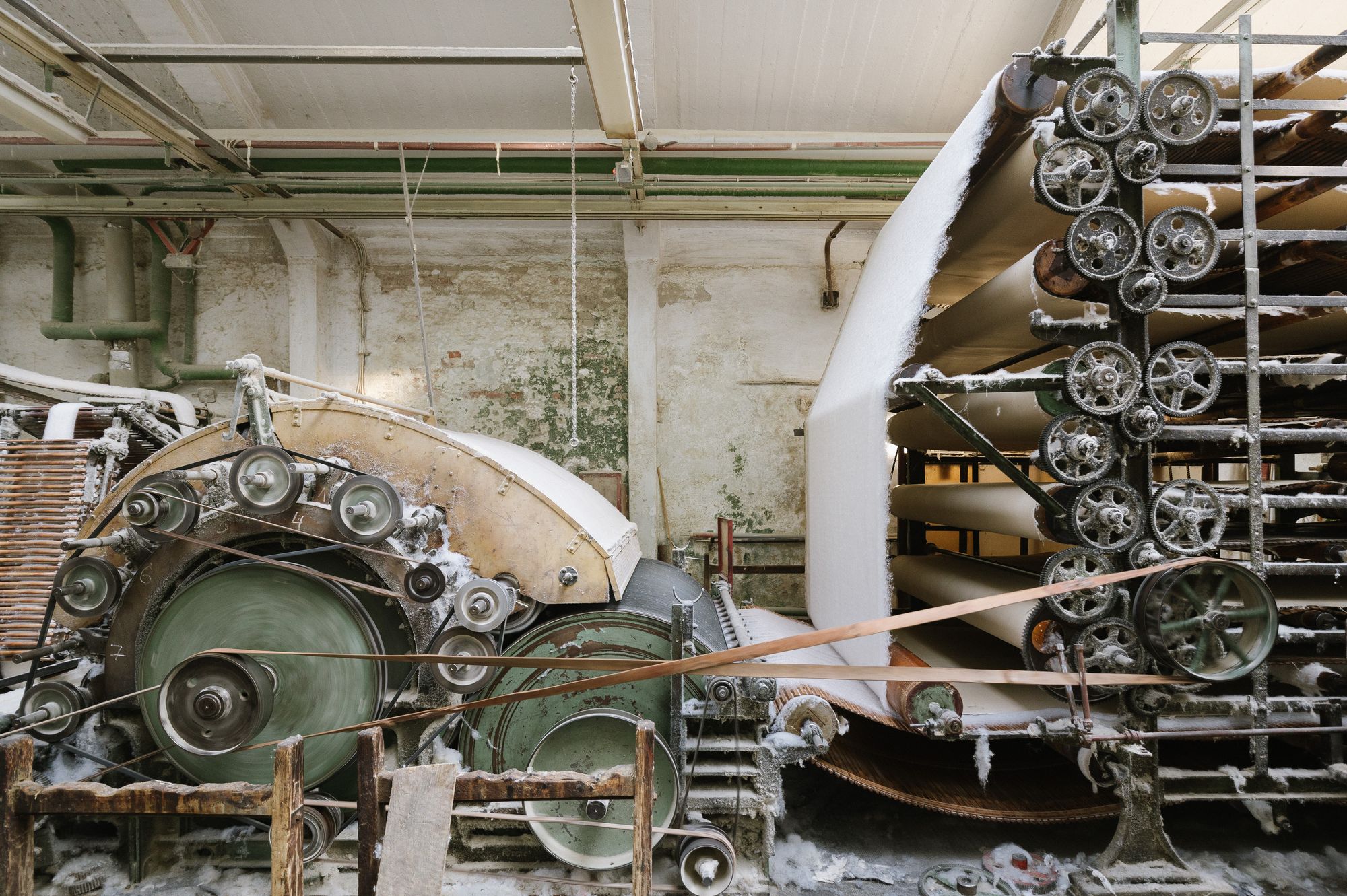
In creating Kilim, you have paid attention not only to its main material but also to the details.
That’s right, one of the longest in-house development processes was the creation of the lamp base: although it may seem like a very simple element, it is complex from a manufacturing perspective. It’s important to note that the production of natural wool and felt is one of the most environmentally friendly processes available, and for the other elements of the lamp, we also tried to work with professionals and manufacturers who have a short supply chain in Hungary. Thus the whole product, except for the base, is completely environmentally friendly. Therefore, a further important step in product development will be to make this element of the lamp carbon neutral as well. At the moment these are now turned wooden bases, but it appears that by compressing hemp locks we could make a base of similar character and turn it in the same way. If successful, the whole product will become carbon neutral. For us, it is important that Kilim communicates total sustainability alongside a slow design lifestyle.
The design of the pull also took a relatively long time to develop. In a classical situation, the brightness is controlled electronically, but in the case of the Kilim it is manually controlled, so this is the element that the user interacts with the most. For this reason, we wanted to put emphasis on it and also highlight its dimming function, all without the pull working against the felt.
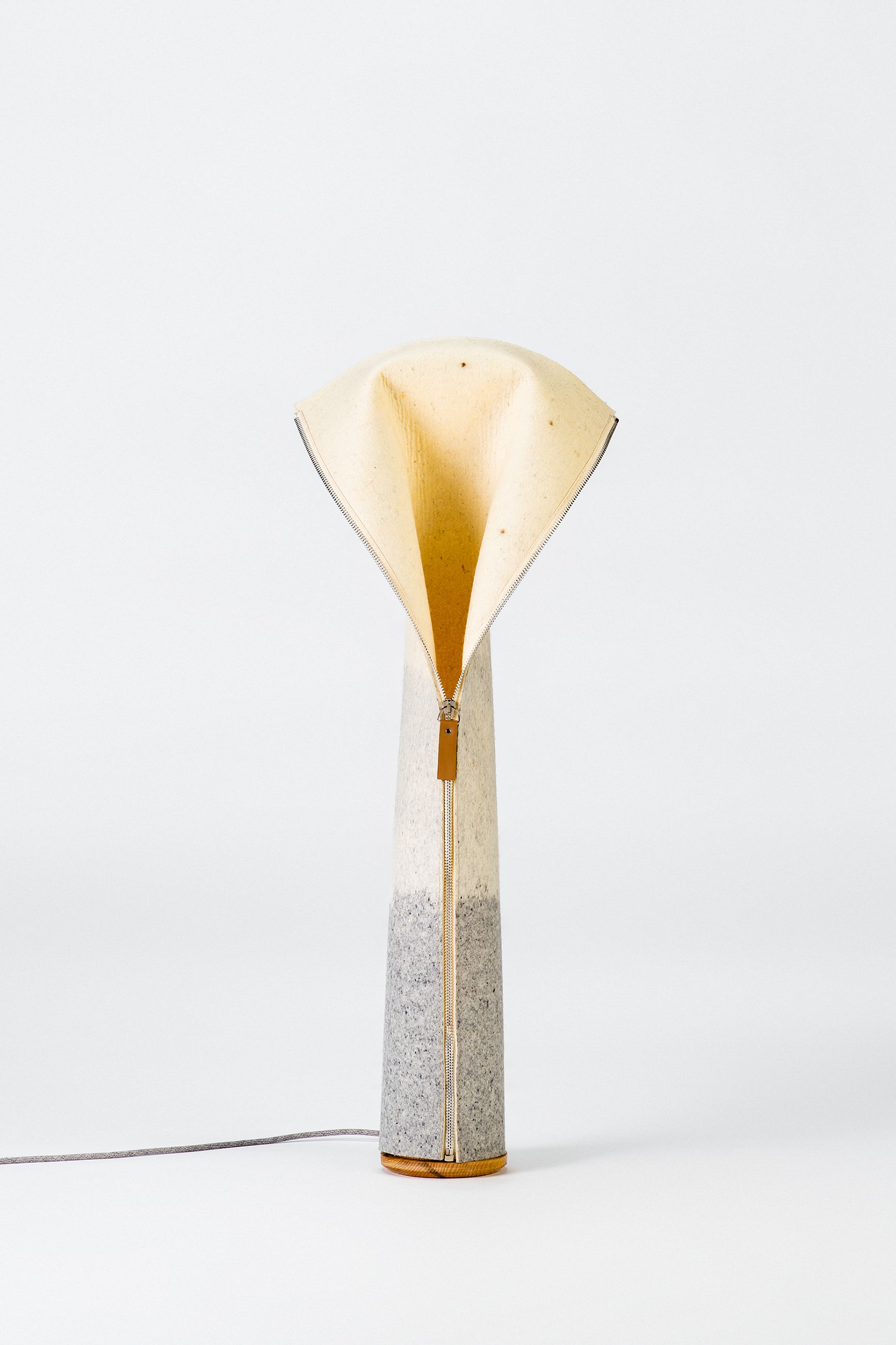

How typical or unusual is the use of natural wool felt in interior design or product design?
It is actually a common material in both design and interior design, but it is more common to use industrial felt. It is mainly used for its acoustic properties in the form of large panels or partitions. In the case of Kilim, there is also an acoustic benefit to the material, but we have not relied on this property. One reason for this is that natural felt has a different material composition and therefore does not have the same acoustic properties as its artificial counterpart. In addition, in the case of natural wool felt, the thistle residue in the sheep’s hair is also present in the final product, which we consider to be an advantage and which we did not want to hide.
What is also important to point out is that Kilim is about mood lighting, not functional lighting. The object has an intimate nature with which its user can connect personally. Both in character and function, the owner is given something that is evocative of naturalness and nomadic culture.
What are the next steps and what are your future plans for the new product?
This can actually be divided into two parts. In addition to opening up the company internationally and making it more transparent, Kilim is also the driving force behind a new direction in Co&Co’s life. We would like to have a couple of products a year of our own design, representing our approach and vision.
For Kilim, the focus is on distribution: we also want to establish contacts with various distributors, galleries, and studios. In addition, the first step in the development of the product is to make the lamp range completely carbon-neutral, which is already an ongoing process within the company. In addition, as I mentioned earlier, we would like Kilim to really act as a medium and create limited editions in collaboration with different artists. Something else that could be interesting in the near future is the creation of an outdoor version of Kilim and the expansion of the size range.
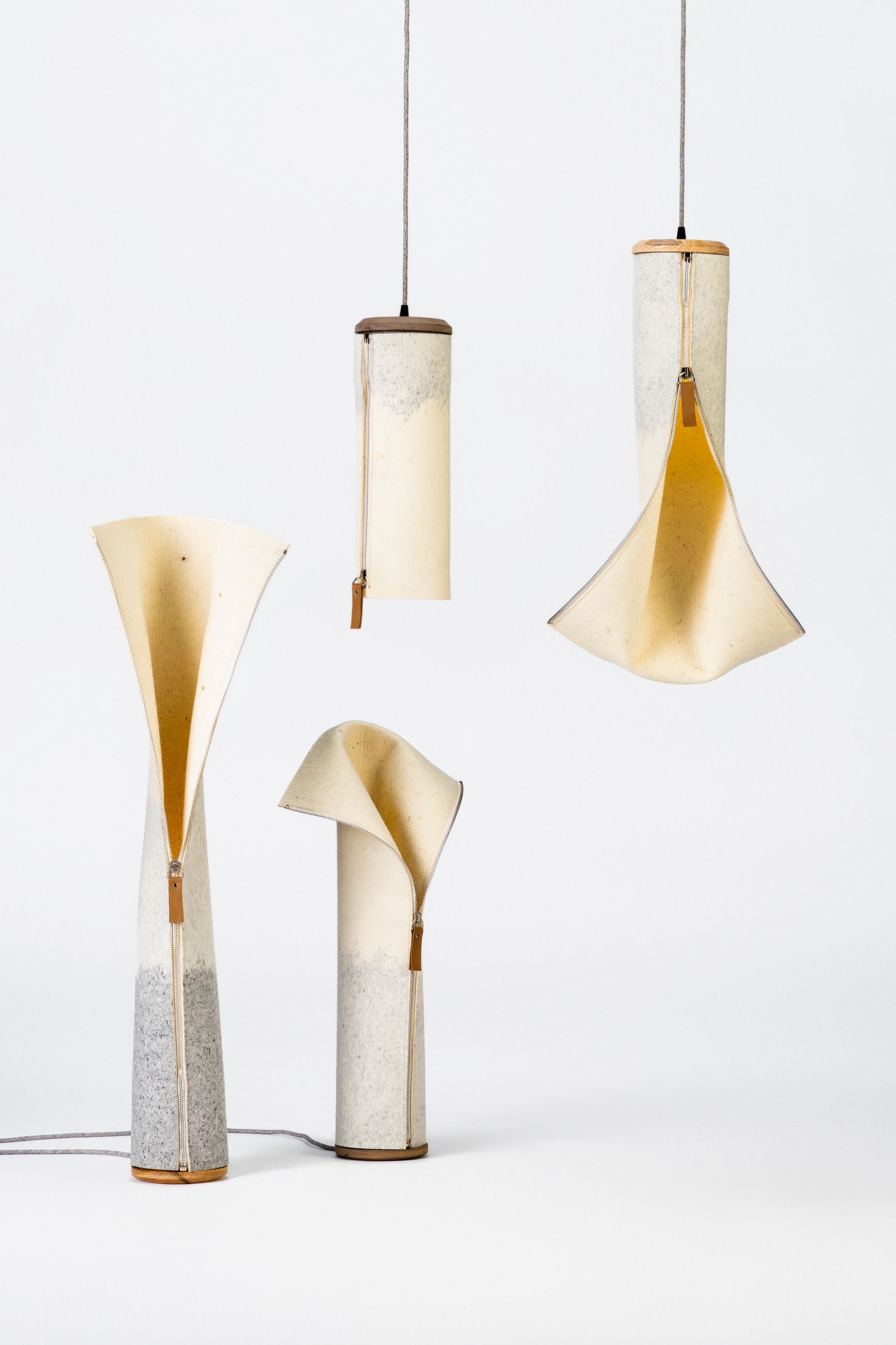
Photos: HFDA

Prague to dismantle its famous clock calendar after it turns out not to resemble the original
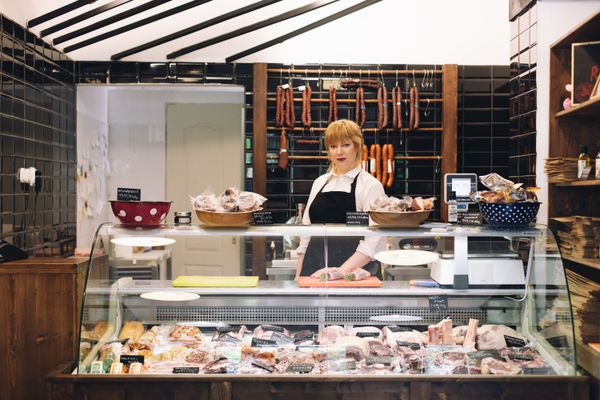
You can be yourself differently—Henteslány
